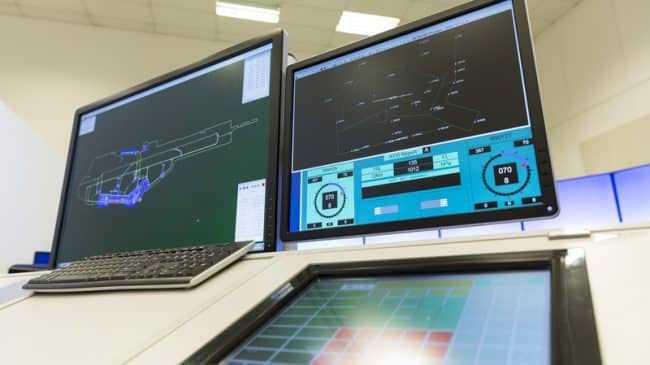America’s efforts to modernize its air traffic control system are over budget, behind schedule and far less advanced than in other countries. A bill aiming to improve the nation’s air traffic control system by removing it from the Federal Aviation Administration, the national air safety regulator, is expected to get a vote in Congress this month.
The U.S. air traffic control system is more costly than it should be, and its funding via annual congressional appropriations is unstable and unpredictable. Moreover, having the same agency operate the system and regulate its safety — self-regulation — is a conflict of interest.
These issues greatly impact Southern California and the region’s economy. In August alone, nearly 8 million passengers flew through Los Angeles International Airport. That same month, John Wayne Airport served nearly a million passengers, while Burbank Hollywood and Ontario International airports each served about 400,000 passengers.
A growing consensus of experts has concluded that U.S. air traffic control is a 24/7 high-tech service business that currently performs poorly because it’s trapped in a large tax-funded bureaucracy. The House bill awaiting a vote would separate the system from the FAA, converting it into a self-supporting utility, paid for directly by the airlines that use its services.
Being removed from the federal budget process would de-politicize air traffic control, freeing it from micromanagement by federal overseers. With this change, a revenue stream from air traffic control user fees could be used to back revenue bonds to pay for large-scale facility and technology upgrades that FAA cannot afford.
Arm’s-length safety regulation would be more transparent and rigorous than the current system, where everything is done behind closed doors. And governance would be via a board of directors carefully balanced to represent all principal aviation stakeholders, including air traffic controllers, pilots, airports, large airlines, small airlines and private plane interests.
This reform model is not just theory. Over the past 30 years, more than 60 countries have separated their air traffic control systems from their transportation agencies, converting air traffic organizations to self-funded companies, regulated for safety. The largest of these air traffic providers, like Nav Canada and the United Kingdom’s NATS, have investment-grade bond ratings that keep their financing costs low. Nav Canada’s air traffic control unit costs are 26 percent less than FAA’s, despite FAA supposedly having economies of scale due to its larger size. Nav Canada and others are at least a decade ahead of FAA on upgrades of technology and procedures. And a growing body of studies shows that air traffic control systems perform better following “corporatization.”
If the U.S. joins this global trend, the benefits for air travelers would be many. Besides increased safety (due to arm’s length regulation and better technology), there would be significant reductions in air travel congestion and delays. These would stem from replacing the current zig-zag air routes, created in the 1950s, with shorter, direct routes, increasing runway throughput, and redesigning complex, congested airspace, especially in the New York metro area, the source of 40 to 50 percent of all airspace delays.
There would also be significant taxpayer benefits. Shifting the entire Air Traffic Organization out of the federal government would move 33,000 people off the federal payroll and reduce current aviation excise taxes by $11 billion per year. That’s why a large and growing number of taxpayer and consumer groups support air traffic control reform, which also has the support of the air traffic controllers’ union, pilots’ unions, nearly every airline, former Secretaries of Transportation, retired senior FAA officials, and a diverse group of researchers.
Sadly, U.S. air traffic control is still using 1930s-style radio beacons and radar surveillance from the 1950s. Congress has an opportunity to move the air traffic control system into the digital age, allowing air traffic control, airports and airlines to modernize and deliver safety and efficiency improvements to all air travelers.
This column previously appeared in the Orange County Register.

